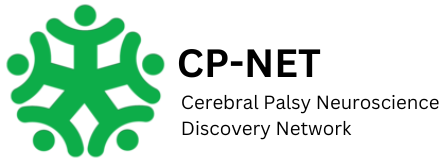
Constraint Induced Movement Therapy (CIMT)
Constraint Induced Movement Therapy (CIMT) is a proven treatment for children with hemiplegic Cerebral Palsy (CP) to help gain more functioning in their affected arm and hand. In CIMT, the dominant arm is constrained (put in a cast or splint) to force the child to use the hemiplegic arm. We know this works with both children and adults who have one-sided weakness because it forces the brain to re-wire to improve the arm’s function. The brain’s ability to re-wire is called “plasticity” and we do not fully understand how the brain accomplishes the rewiring months or years after the initial brain injury, or who responds best to CIMT intervention.

In this study, children participated in CIMT intervention for a period of three weeks. We compared each child’s hand functioning before and after receiving CIMT, as well as compared their hand functioning to other children with hemiplegic CP who have not received CIMT.
Research shows that improvements to motor function, after Constraint Induced Movement Therapy (CIMT), involve changes to the sensorimotor regions of the brain. This study was designed to determine the impact of CIMT on the brain by using Magnetoencephalography (MEG) to measure changes in the sensorimotor cortex.
In this study, using animal models and stem cells, we are researching the basic mechanisms of how CIMT benefits children with hemiplegic CP. Using MRI images of the brain, we look at brain changes in mice that have received CIMT.
